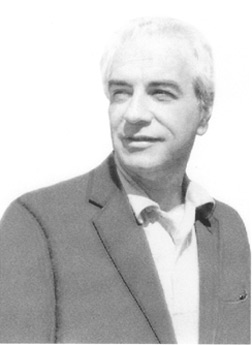Voices in the Wilderness – Vittorio Giannini

Few composers fit the label “traditionalist” as accurately as Vittorio Giannini. Deeply imbued at an early age with the aesthetic values and compositional techniques of the European musical heritage, he devoted his life — as both composer and teacher — to applying these principles to his own music, and to passing them on to the next generation of serious music students. Composed at a time that virtually defined itself by its rejection of traditional values, little of Giannini’s music was taken seriously by the music profession during his lifetime, although his meticulous craftsmanship commanded considerable respect and his personal warmth and magnetism earned him great affection. Yet no less demanding a critic than Virgil Thomson could write, “[Giannini’s] talent has long been known as phenomenal, and now . . . he writes like a master, . . . with such fine skill and such pretty taste that no one can deny him a place among the authentic composers of our time. By following none of the contemporary trends, in fact, he has arrived at a highly individual position.” Giannini was a composer who could state, in all sincerity, that his creative work was motivated by “an unrelenting quest for the beautiful, with the humble hope that I may be privileged to achieve this goal, if only for one precious moment and share this moment with my listeners.”
(From Voices in the Wilderness, p. 151)